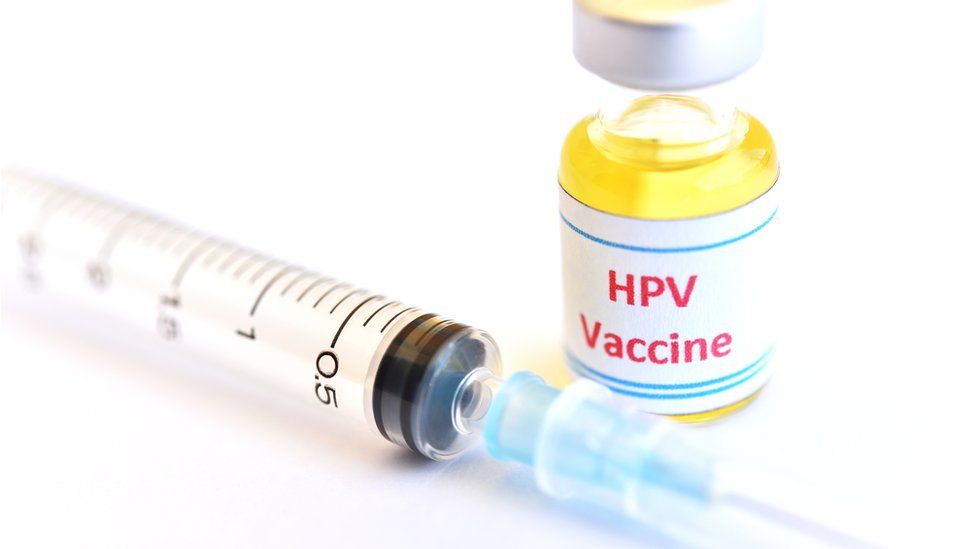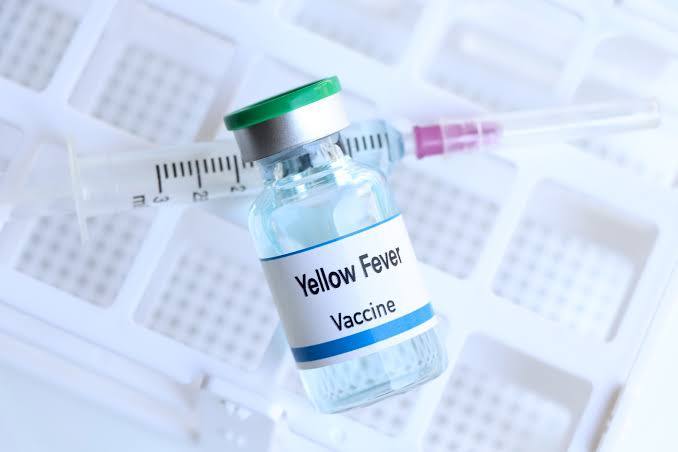DECLARATION FOR THE PROTECTION OF CHILDREN & YOUNG PEOPLE FROM THE COVID-19 RESPONSE MAY 2021

Experience has shown that communities faced with epidemics or other adverse events
respond best and with the least anxiety when the normal social functioning of the community is least disrupted.” (Inglesby, 2006)
Yet, the response to the COVID-19 pandemic in many countries has included policies with no scientific justification and no cost-benefit consideration. Lockdowns, prolonged school closures, mass testing, contact tracing, extensive social distancing and mask wearing in the general population mark a drastic departure from pre-COVID-19 public healthguidelines and pandemic preparedness plans (Inglesby et al., 2006; WHO, 2019).
During this pandemic, many governments and societies have placed narrow emphasis on reducing ‘cases’ of COVID-19 to prevent deaths from the illness in the high-risk group. This policy failed drastically and inflicted great collateral damage upon vulnerable groups including children and young people 15 to 25 years old.
Evidence already shows serious damage to the physical, mental and social wellbeing of children and young people, as well as their educational attainment and future prospects (Lewis et al. 2021). There was never a reason to disrupt the lives of children and young people and there is every reason to restore normality to this population. Policy-makers should take immediate action to protect children and young people from further harm and injustice, now and in the future.
THE PANDA ‘DECLARATION FOR THE PROTECTION OF CHILDREN AND YOUNG PEOPLE’ IS A COLLATION OF EVIDENCE FOR AND ACTIONS NEEDED TO RE-ESTABLISH NORMALITY AND TO FACILITATE RECOVERY OF THE LIVES OF CHILDREN AND YOUNG PEOPLE TO ENABLE THEM TO PURSUE LIFE, LIBERTY, LEARNING, LEISURE, LOVE AND LAUGHTER.




